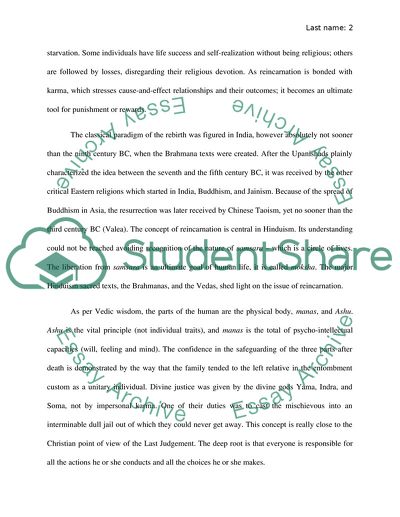Cite this document
(“Reincarnation Term Paper Example | Topics and Well Written Essays - 1500 words”, n.d.)
Retrieved de https://studentshare.org/religion-and-theology/1687359-paper
Retrieved de https://studentshare.org/religion-and-theology/1687359-paper
(Reincarnation Term Paper Example | Topics and Well Written Essays - 1500 Words)
https://studentshare.org/religion-and-theology/1687359-paper.
https://studentshare.org/religion-and-theology/1687359-paper.
“Reincarnation Term Paper Example | Topics and Well Written Essays - 1500 Words”, n.d. https://studentshare.org/religion-and-theology/1687359-paper.


